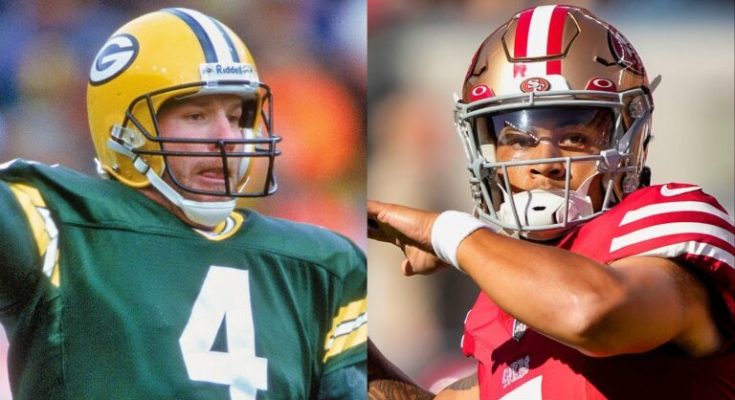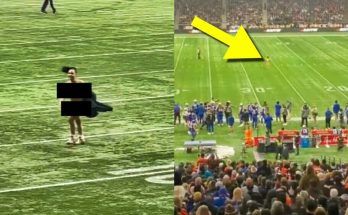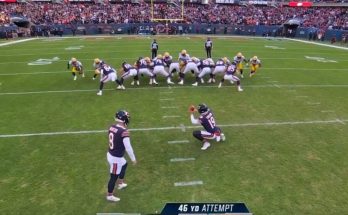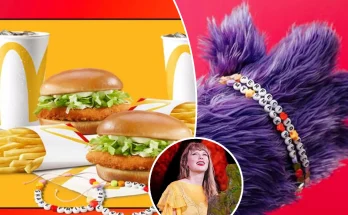In the NFL, trades can significantly impact the future of teams and players. For decades, teams have sought to secure franchise quarterbacks through trades, hoping to elevate their performance. However, some of these moves have turned out to be monumental blunders, leaving franchises to rue their decisions. Here are the five worst quarterback trades in NFL history, where aspirations turned into regret, showing how even the most promising trades can backfire spectacularly.
5. Baltimore Colts Trade John Elway To The Denver Broncos

The 1983 NFL Draft is famous for having seven players, including three quarterbacks, who later became Hall of Famers. The Baltimore Colts had the first pick and planned to choose John Elway, a top prospect. However, Elway didn’t want to play for the Colts and wanted them to let the Rams pick him instead. When the Colts selected him anyway, Elway refused to join the team.
This led Colts owner Robert Irsay to trade him. On May 2, just a week after the draft, the Colts traded Elway to the Denver Broncos. In return, the Colts got offensive guard Chris Hinton, quarterback Mark Herrmann, and Denver’s first-round pick in 1984, which they used to select Ron Solt. Elway became a star in Denver, leading the team to two Super Bowl wins and earning many awards, including NFL MVP and nine Pro Bowl selections. The Colts, however, gained very little from the trade.
4. Atlanta Falcons Trade Brett Favre To The Green Bay Packers

The Atlanta Falcons picked quarterback Brett Favre in the second round of the 1991 NFL Draft, but head coach Jerry Glanville didn’t plan to use him, favoring Chris Miller and Billy Joe Tolliver instead. In 1992, the Falcons traded Favre to the Green Bay Packers for a first-round pick, essentially upgrading their pick.
The Packers received Favre, while the Falcons got the 19th overall pick, which they used to draft running back Tony Smith. Favre went on to have a Hall of Fame career, winning three NFL MVPs and a Super Bowl in 1996. In contrast, Smith only gained 329 rushing yards before leaving the NFL in 1999.
Glanville later said in a 2010 interview, “I had to get him out of Atlanta… I sent him to a city where nothing was open at night but a diner.” This trade is often seen as one of the biggest missed chances in NFL history since the Falcons let go of a future franchise quarterback.
3. The Chargers Trade Up To Draft Ryan Leaf

In a key draft move, the San Diego Chargers traded with the Arizona Cardinals to get the second overall pick, which they used to choose quarterback Ryan Leaf. The Chargers gave up the third pick in the 1998 draft, plus two more picks and two players, including running back Eric Metcalf and linebacker Patrick Sapp. This seemed like a good decision at the time, as Leaf and Peyton Manning were expected to be the top two picks.
The Chargers aimed to find a franchise quarterback, but Leaf ended up being one of the biggest draft failures ever. Despite his early confidence, he struggled and was released after just two seasons. After leaving the NFL, he faced many personal issues and legal troubles.
Meanwhile, Manning achieved great success, winning two Super Bowls and becoming one of the greatest quarterbacks in NFL history. The Cardinals, who had a young quarterback in Jake Plummer, used the trade to select linebacker Andre Wadsworth, making it a win for them.
2. San Francisco 49ers Trade Up For Trey Lance

In the 2021 NFL Draft, several top quarterbacks were chosen, including Trevor Lawrence, Zach Wilson, Trey Lance, Justin Fields, and Mac Jones. After a tough 6-10 season in 2020, the San Francisco 49ers needed a new quarterback due to injuries to starter Jimmy Garoppolo. They traded their 12th pick, along with future first and third-round picks, to the Miami Dolphins for the third pick, which they used to draft Lance from North Dakota State.
Lance backed up Garoppolo in 2021 but became the starter in 2022. Unfortunately, his season ended early due to a serious ankle injury in the second game. Brock Purdy took over for the rest of the season, and in 2023, the 49ers traded Lance to the Dallas Cowboys for a fourth-round pick. The Dolphins benefited from the trade, using their new picks to select receiver Jaylen Waddle and to acquire players like Tyreek Hill and Bradley Chubb, thanks to the 49ers’ trade.
1. Denver Broncos Trade For Russell Wilson

The Denver Broncos thought they were ready to compete for a Super Bowl after acquiring quarterback Russell Wilson from the Seattle Seahawks in 2022. In a major trade, the Broncos sent two first-round picks, two second-round picks, a fifth-round pick, and three players, including quarterback Drew Lock, to Seattle.
In return, they got Wilson and a fourth-round pick in the 2022 draft, which they used to pick defensive tackle Eyioma Uwazurike. They also signed Wilson to a five-year, $246.2 million contract, hoping to make the most of his experience.
However, Wilson did not meet expectations. He struggled in 2022 and was benched at the end of 2023. The Broncos eventually decided to release him, incurring an $85 million cap hit, which limited their ability to sign other big players.
Meanwhile, the Seahawks gained valuable assets from the trade, including the ninth pick in the 2022 draft (used for left tackle Charles Cross), a second-round pick (for linebacker Boye Mafe), and more picks for their future roster improvements. This trade ultimately strengthened Seattle while leaving the Broncos with significant financial challenges.
NFL trades can inspire hope but also lead to regret. The five highlighted trades show how teams can make costly mistakes in their pursuit of star players. These missteps impact not just the teams involved but also the entire league, serving as a reminder of the risks associated with trading for talent.



